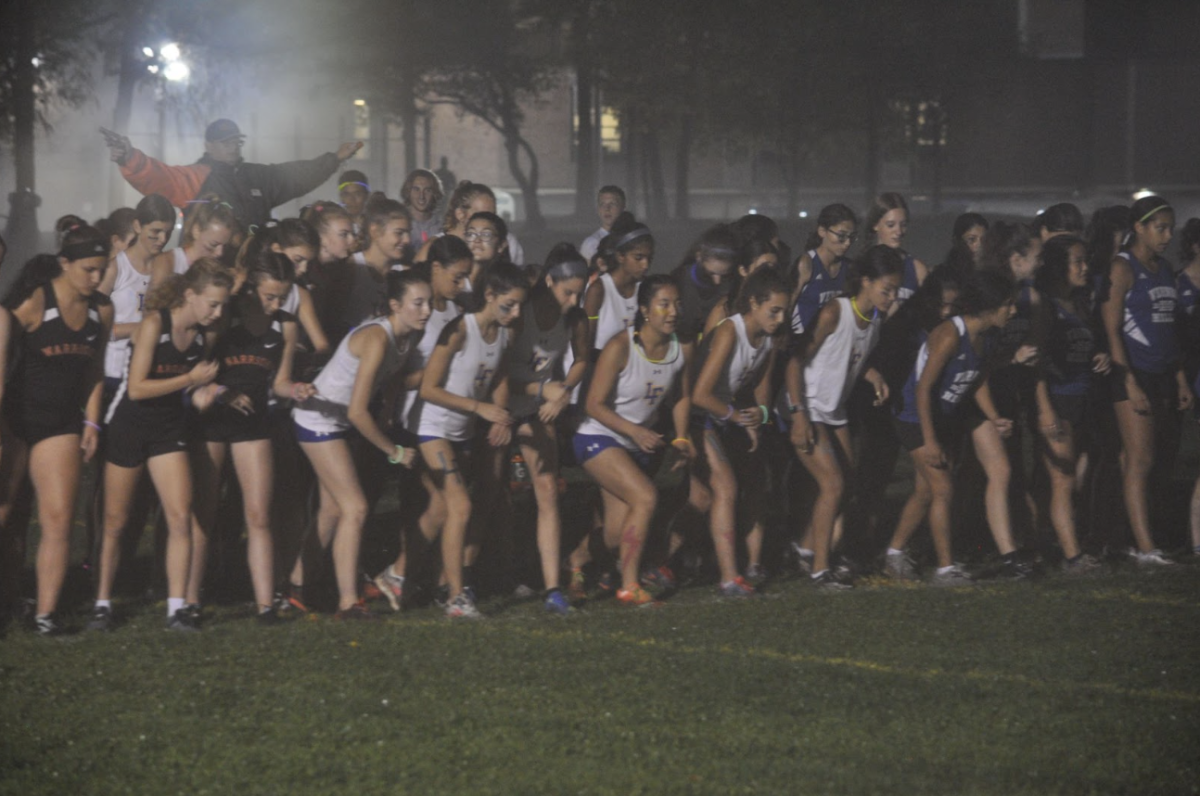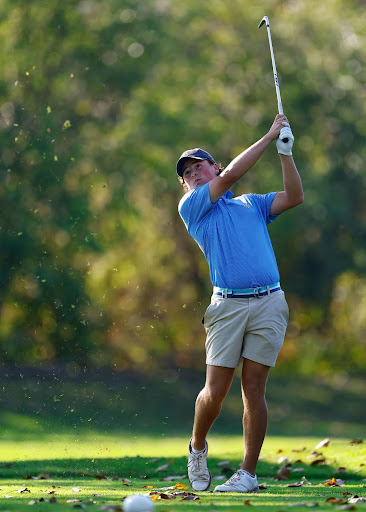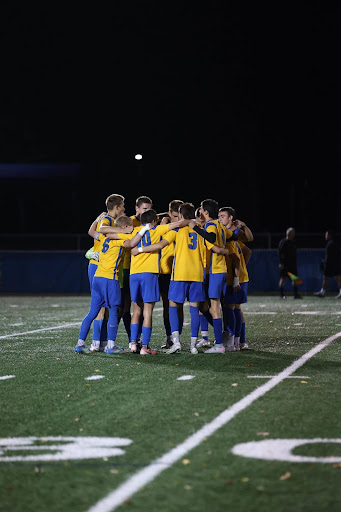Cross country meets are notoriously stressful, but girls cross country coach Clegg has found a way to lighten the mood, bringing schools across the county to race under the lights in a night race at West Campus. This Thursday, the third annual LIGHTSCOUT Cross Country meet returns to LFHS at West Campus.
The race features both the boys and girls cross country teams from LFHS as well as 12 other high schools. There are six different heats: Girls freshman and sophomore, Boys freshman and sophomore, girls JV, boys JV, girls varsity, and boys varsity. Racers run two laps around the grassy field before finishing the final 300 meters on the football turf through an inflatable finish line.
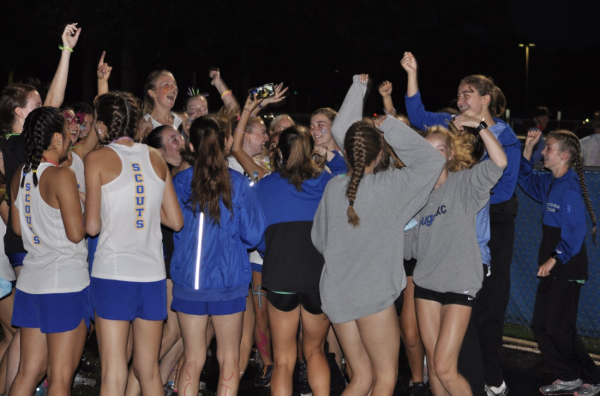
Tents line the sidewalk alongside the field while crowds surround the course against the fence, in the stands and on the sidelines of the starting line and mile loop. A playlist made by the girls cross country team blasts through the speakers while teammates and spectators cheer on the final stretch.
Athletes match the energy covered glow-in-the-dark paint, glow bracelets and necklaces.
Sophomore Pilar Rosales was a part of the state qualifying team as a freshman, and appreciates the environment that the LIGHTSCOUT meet brings, “I love the fact that people come to watch and support the athletes.”
Other aspects like the “Music, team vibes, and the dance parties with the other schools,” are a favorite memory for Senior Paige Gibbons.
LFHS staff has continuously increased their support towards the athletes, coaches, and the program as a whole. The plan to execute the LIGHTSCOUT race was an idea for 10 years, before it could be approved due to budget, equipment, and weather disruptions in 2020.
“We needed a way to host a meet on a weeknight that wouldn’t disrupt the annual meet schedule that most teams follow. By making it a two mile race, other schools could treat it like a workout,” said Clegg.
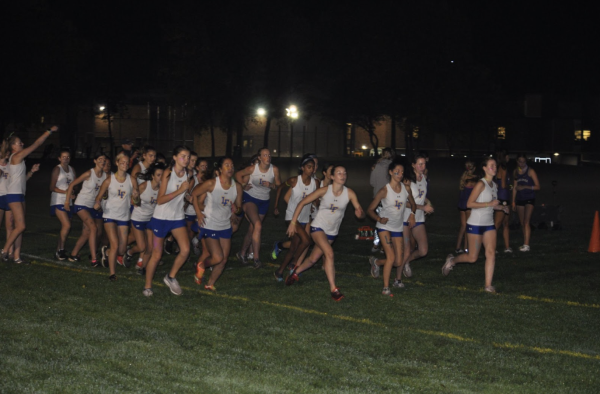
Most conference meets are right after school and are around two hours, weekend invitationals tend to last four to five hours depending on the amount of schools and races. Logistically, a meet starting after sundown immediately raised safety concerns such as athletes being unable to see potential hazards along the course. The biggest challenge with getting the lights was the high costs of renting them for 48 hours, however the budget for the event was balanced with the high enrollment of competing schools.
The course itself has been maintained throughout the cross country season, however the West Campus lawn maintenance crew has re-outlined the white spray paint for maximum clarity in the dark, while marking potholes in neon orange to help prevent injuries.
The event has grown over the last three years as the number of schools participating has doubled from its original six. “Since it’s not a three mile race it’s not super stressful, but the races are pretty competitive and there are more schools this year which makes it more exciting to be a part of,” said junior Megan Lawniczak.

